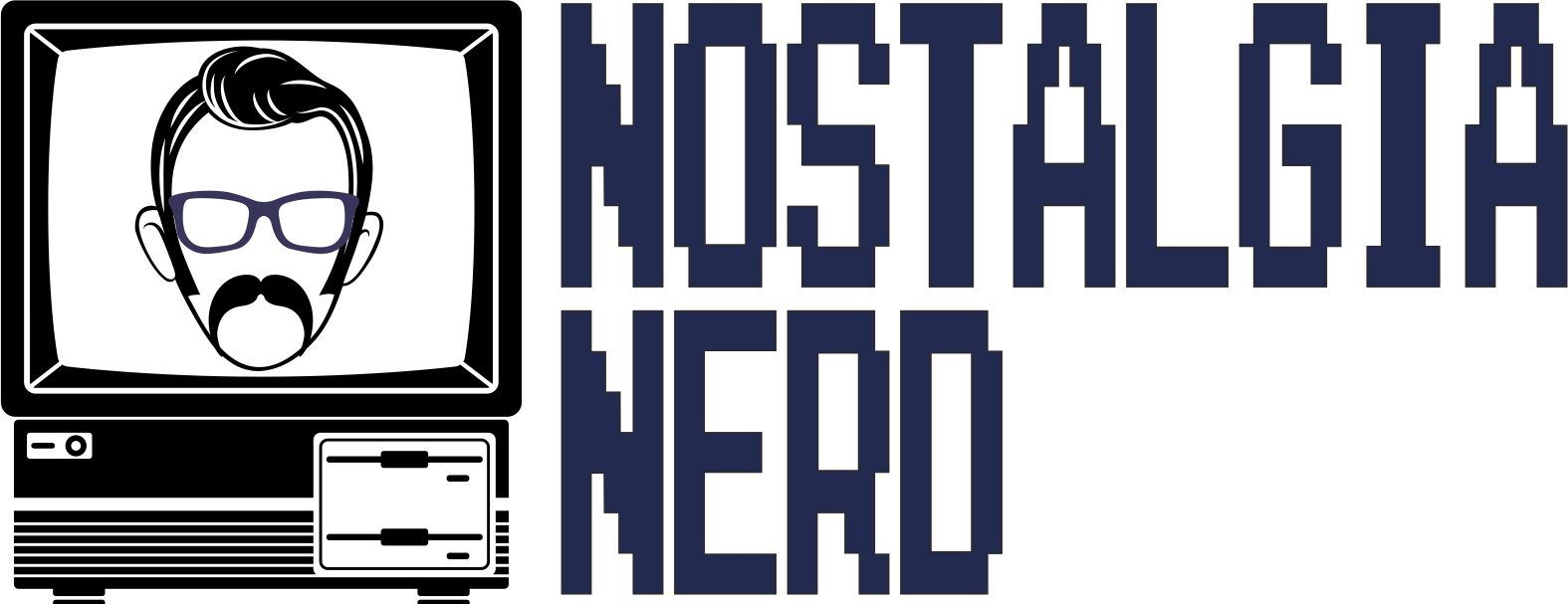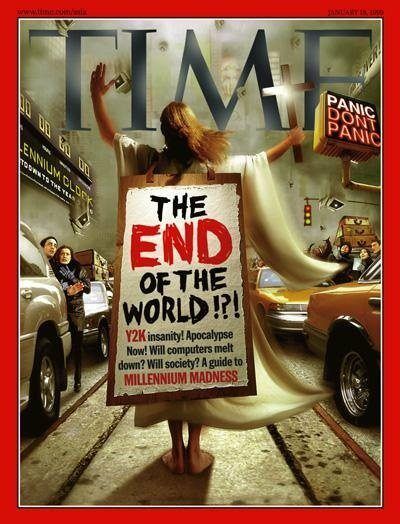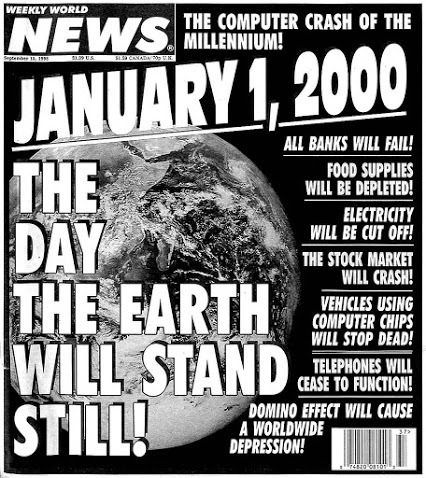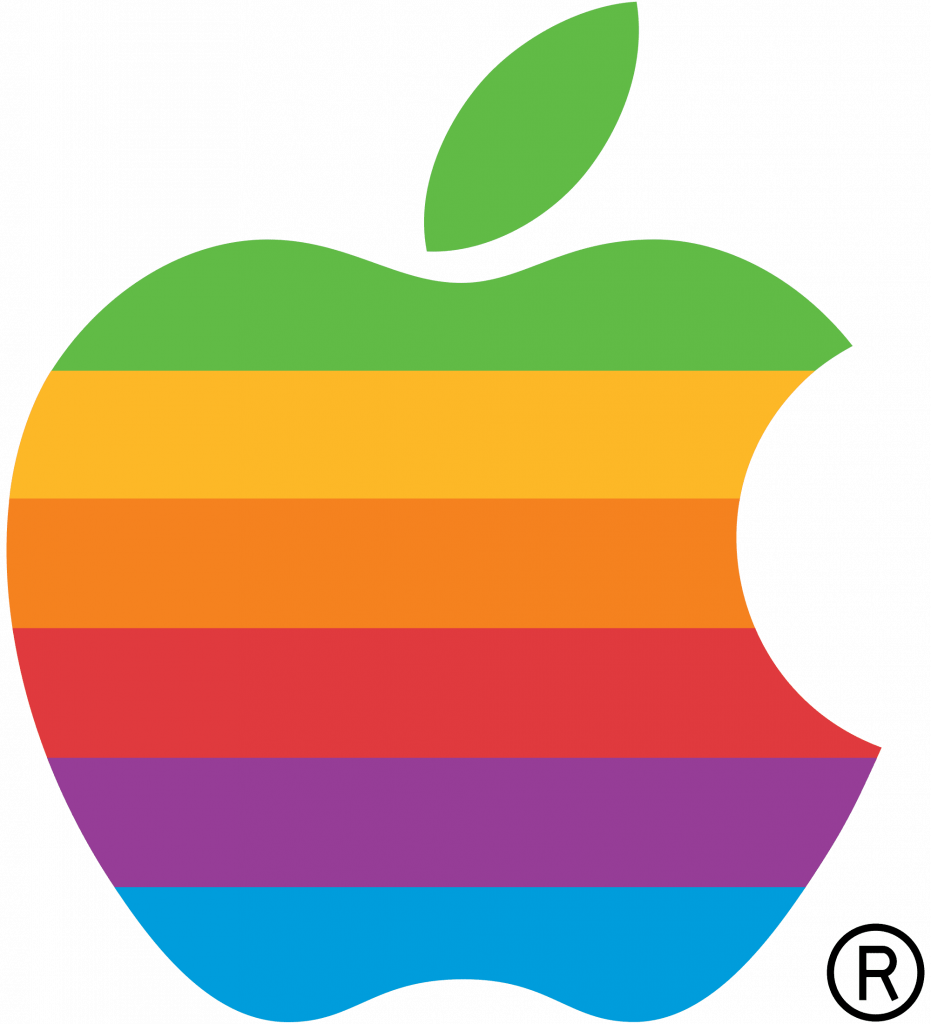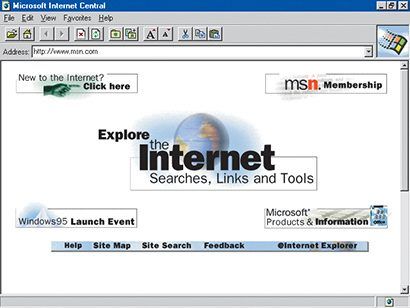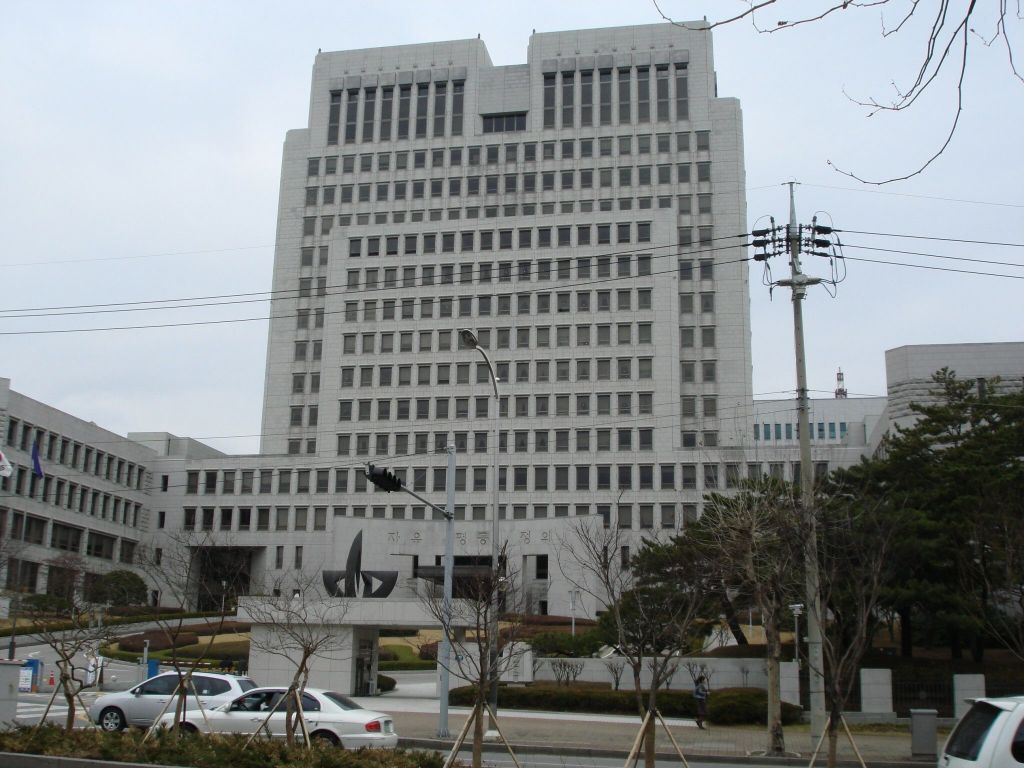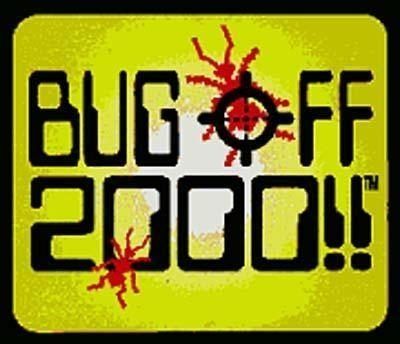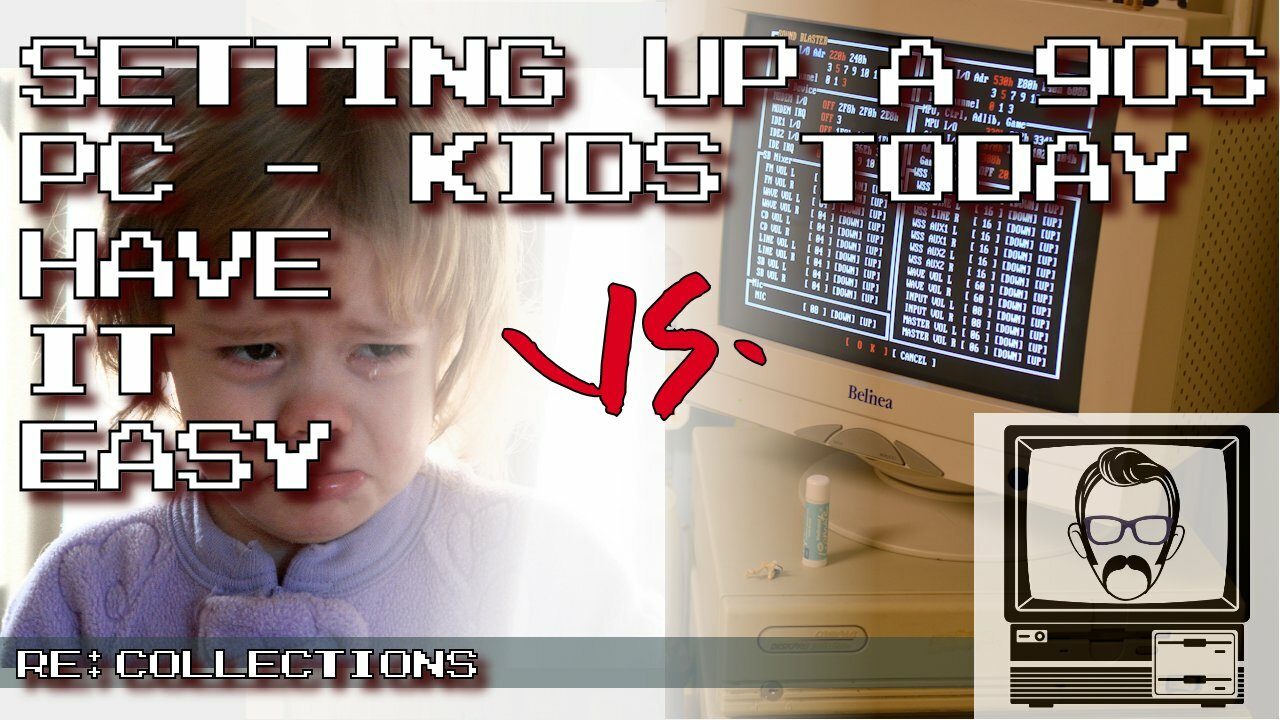Watch the Video
The Y2K Bug, or Millennium Bug as it was known over here in the UK & Europe, was a problem which arose due to years being programmed into computers using 2 digits rather than 4. This meant that 99 was interpreted as 1999, but 00 was interpreted as 1900 rather than the year 2000.
Subscribe to Nostalgia Nerd on Youtube
For most of us the year 2000 went by without glitch or problem. Most of us were so drunk that even if a plane had fallen out of the sky and landed a few feet away, we’d barely have noticed.
So what was all the uproar about? The tension? The anxiety? Did anything actually happen on that fateful Friday night of December 31st, 1999?
Well, first let’s have a quick refresher of the back story. What was the millennium bug? How did it come about?
The answer to that lays mostly in limited memory and sometimes just through lazy programming. You see, back when memory was an actual constraint, when code was as bare to the bones as it could be, rather than layered up in level upon level of higher level programming. A year being represented by 2 digits rather than 4 was a big thing, literally. Shaving 2 characters off 1980 so that it was stored as 80 instead of 1980 saved 2 bytes of memory. This meant that more RAM could be freed up, less storage space was required and things like databases could be reduced in size significantly. I mean everyone knew that 80, meant 1980, so the 19 in front of the year could be assumed, and even hard-coded into the computer’s hardware, or the software running on it. 2080 was a hundred years in the future, and by that point we’d all be flying around in hover cars and have chips implanted in our minds, so that wouldn’t matter. In fact, the year 2000 didn’t even matter, that was also years in the future.
But before we all knew it, we were in 1999, and to everyone’s surprise, lots of legacy computer systems made years before were still in use, and these legacy systems of course, couldn’t accommodate for the year 2000. When that digital dial clicked over it would read 00, and be interpreted by computers and their associated software as the year 1900.
At one end of the scale this would mean the date of your computer was 100 years out. It would be the 1st January 1900 rather than 2000. That’s not really a big deal, you knew the real date. Your mind wasn’t going to hallucinating art nouveau decoration around you with Queen Victoria leading our country into the next century. But there were also more embarrassing problems; company letters would also be 100 years out, train station signs would be 100 years out, maybe your date calculations would be out if you were using an early version of Microsoft Excel. These were potentially problematic, but more amusing than anything else.
The real scare mongering was that missile systems could get confused and launch strikes in self defence in a Judgement day style scenario, or that plane navigation equipment could fail and 747s would just fall out of the sky. In hindsight, this seems ridiculous, but these were real fears spreading throughout the population, aggravated as always by the fear mongering tabloids of the time.
So did anything actually happen? Or was it as smooth sailing as we perceived it to be?
Well, here are 10 of the most significant global issues we faced;
#1
The US Official timekeeper, the Naval Observatory, reported the date as 19100 on it’s website. Yes we had websites back then. They looked like this.
#2
The system for collecting small plane flight information failed in Japan (but no planes fell out of the sky)
#3
Australian bus ticket machines failed
#4
The federal reserve bank of Chicago couldn’t transfer $700,000 in tax payments, however it was made successfully the next day
#5
Apple produced software used by Dutch Bank customers, prevented people from postdating their electronic payments
#6
Seven nuclear reactors in the US had minor glitches relating to plant support
#7
Microsoft Internet Explorer and Hotmail displayed incorrect dates for the “Get Year” command resulting in the year of 3900 being displayed.
#8
A customer at New York State video rental had a bill for $91,250. This was the cost for renting “The General’s Daughter” (the film, not an actual general’s daughter) for 100 years.
#9
South Korea summoned 170 people to court on the 4th January 1900
#10
United States spy satellites transmitted unreadable data for 3 days. Humorously, this problem was caused by a patch designed to “fix” the Y2K bug, but instead just mangled the data.
So, it’s pretty much as you thought. Nothing serious happened, and in fact, potentially the most serious issue was due to a fix, rather than the bug itself.
So aside from that hiccup, maybe the amount of work and money we invested into fixing the bug prevented anything serious from happening. Maybe without all that planning and work, we really would be in a dystopian society in something akin to the opening scenes of a Terminator movie. Well….
Russia spent approximately $200 million preparing for the millennium bug, throughout the entire country, mostly by businesses, and a fair wedge of the Government’s contribution being purely on promotional material. But all of this was just 2% of the United States bill. Russia also didn’t really bother with the situation until 1998, whilst other countries had been working on it for years. The end difference? Nothing.
You might think that Russia being further behind technologically might be the reason, but in fact, that should have made it worse. Various dilapidated computer systems from the 70s, along with clones of Sinclair Spectrums and IBM hardware was in use at the turn of the century, this older equipment should have posed more of a threat to the continually updated systems in other Western countries. But, the solution for Russia was just to ignore glitches or change the system clocks to 1970, rather than 1999. Problem adverted.
The millennium bug is widely regarded as being blown out of proportion. The phrase, better safe than sorry might spring to mind, but the cynical among us, might also suggest that the tech industry may have over exaggerated the problems, just a little, I mean, it was pretty good for business after all.
But it’s not plain sailing from here. It’s touted that the year 2038 will pose a similar problem for us. You see original unix time datatypes were stored as 32 bit integers, representing the number of seconds since 1st January 1970. 2038 will herald the year that the signed integer will exceed it’s 32 bit constraints. Problems have already been reported, such as AOLServer software where timeout values were calculated past the 2038 date leading to overflow errors. This was corrected by changing the time out to a more suitable figure.
But it begs the question. Will we see further problems this time, or will everything be hunky dory? I guess only time will tell.

Nostalgia Nerd is also known by the name Peter Leigh. They routinely make YouTube videos and then publish the scripts to those videos here. You can follow Nostalgia Nerd using the social links below.
